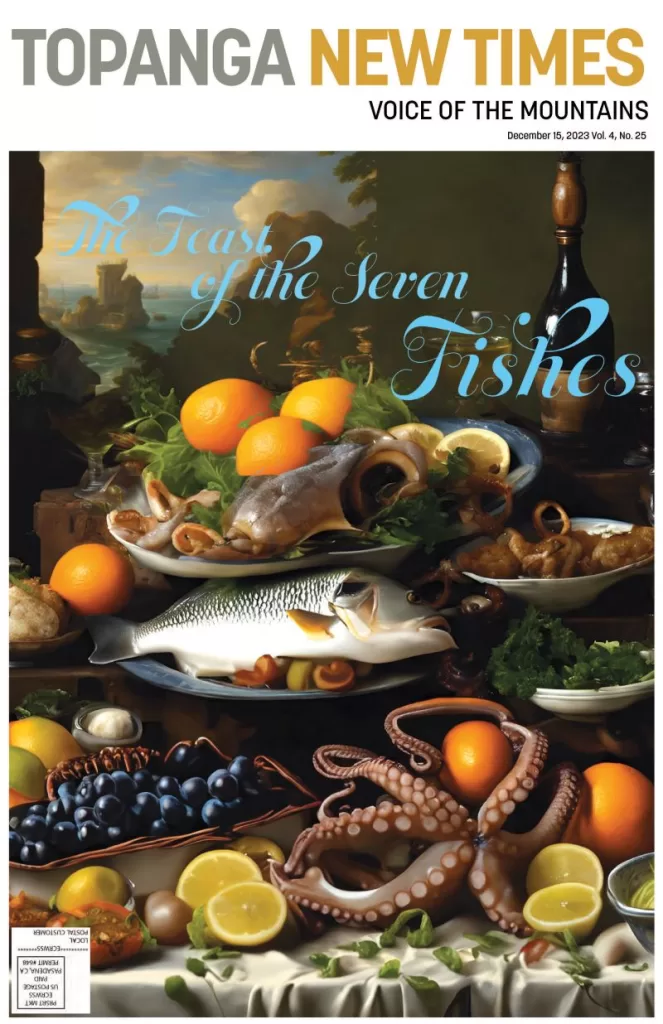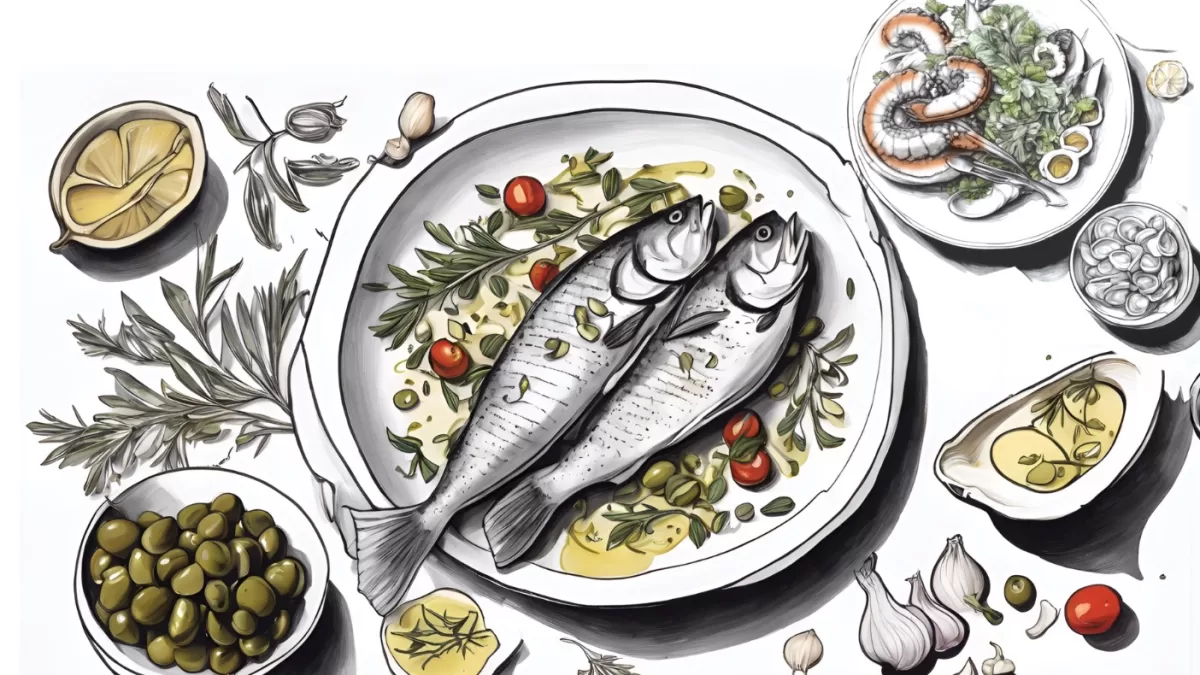
Hello, readers. As the long-standing creative force behind TNT’s cover designs, I’ve always sought to push the boundaries of artistic expression. I’ve been experimenting with AI in my own creative process since its emergence a little over a year ago.
However, this month’s cover marks the first time out of close to one hundred cover designs, that I relied on AI as an integral part in its creation. This pivotal shift compels me to share my insights and reflections on how AI is not only reshaping the essence and purpose of my own work but also transforming the creative landscape globally.
The skills and processes I have honed and come to rely on as a visual artist are being challenged and disrupted in a radical way.
This has led me to evolve my approach to AI in art from cautious curiosity to embracing it as an integral part of my toolkit. I’ve been experimenting with AI to augment and enhance my ideas, allowing me to push my creative ability beyond my learned methods and techniques.
This week’s cover and the “pen and ink” editorial illustrations accompanying the article, marks the first time AI is not just a supplementary tool but the primary medium, the technique itself. It’s a bold step, one that blurs the lines between artist and machine, between traditional craftsmanship and technological innovation. And I somehow feel compelled to explain myself to you, our audience.
In my opinion AI is neither a force for good, nor evil, but more akin to fire, where its power rests in the hand and with the intent of the individuals wielding it. We are introduced to a technology that forces us to define and redefine our creative boundaries, ethics, and the very essence of human ingenuity. And it’s up to each creative to contend with this force that seems to have the capacity to replace us altogether.
Upon learning the theme for this month’s issue, the Italian “Feast of the Seven Fishes,” I immediately imagined this magnificent meal, or all its fresh ingredients, captured as a glorious painting in the style of 17th century Dutch masters like Johannes Vermeer, or Pieter Claesz.
In the past, I might have reached for my usual arsenal of tools and techniques, searching for images and combining and arranging them into a collage resembling a large painted canvas. This time, I decided to lean heavily into AI. I fed the system with highly descriptive text prompts of what I was imagining – each ingredient, the composition, textures, colors, mood, and atmosphere of the feast. The AI’s response was an impressive foundational image, a starting point that captured the concept in amazing detail but also came up with some grotesque renderings of some of the individual ingredients; it particularly struggled with the many legs of the octopus.
I have come to understand that making AI deliver the results that align with my vision, requires a process of refinement and iteration that can be very time consuming and at times frustrating. I engaged in a deep, collaborative process with the AI, trying to coax it to deliver individual elements and layers which I then combined into a cohesive artwork. The result is a cover manifested by the power of AI in creative hands, a harmonious blend of algorithmic efficiency and human inspiration.
With it comes the realization that AI can be more than just an assistant; it can be a co-creator. This process lays bare some profound questions about the role of the artist in the age of AI. Does relying on AI diminish the creative achievement? I believe that in some ways it does, in others it does not. Instead, it challenges us to redefine what creativity means in the modern era. It’s about steering the AI, guiding it to realize a vision conjured by human imagination.
As we move forward, the ethical and moral implications of AI in art remain a topic of intense debate. My stance is that AI should be viewed as a new brush in an artist’s palette, a new lens through which we can view and interpret the world. The key is to maintain the artist’s intent and vision at the forefront, using AI as a means to an end, not the end itself.
In a way, the AI-generated cover is not just a piece of art; it’s a statement about the future of creativity. It’s a demonstration of how artists can harness AI to leapfrog their own limitations and push the boundaries of what’s possible, blending traditional artistic intuition with revolutionary technology.
As we continue to explore this synergy, we are suddenly confronted with profound questions about the soul of art. It’s a journey that challenges us to rethink our definitions of art and creativity, inviting us to embrace a world where human imagination and machine intelligence coalesce to create something truly unprecedented. This evolution in art is not just a technological leap but also a cultural and philosophical one, urging us to reconsider some of our most deeply held assumptions and beliefs including those pertaining to our place at the apex of the trajectory of evolution itself.
While this essay may seem overly dramatic to some of our readers, it is also a reminder that much of the responsibility of how AI will shape our views, beliefs, and our lived experience will depend on the willingness of each individual to become more vigilant and more discerning in the process of consuming and interpreting the images and information we’re being exposed to in today’s media environment, including the cover of your favorite local publication. I for one, am committed to wield this great power responsibly and deliberately, and will always be looking for the silver lining, and ways to harness technology in service of and for the advancement of humankind.





